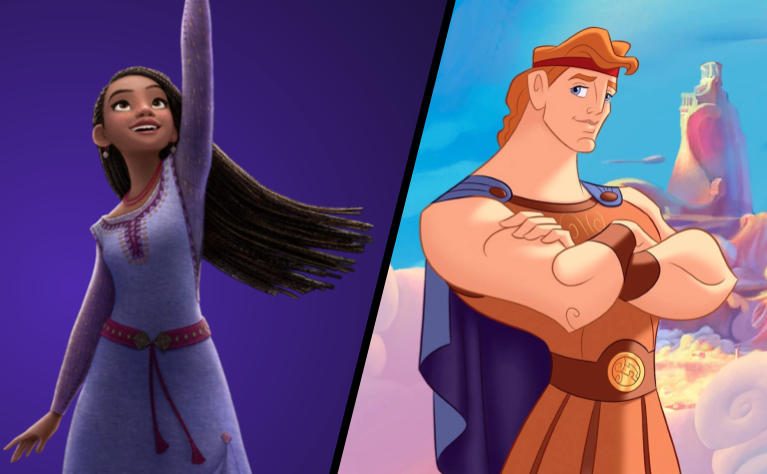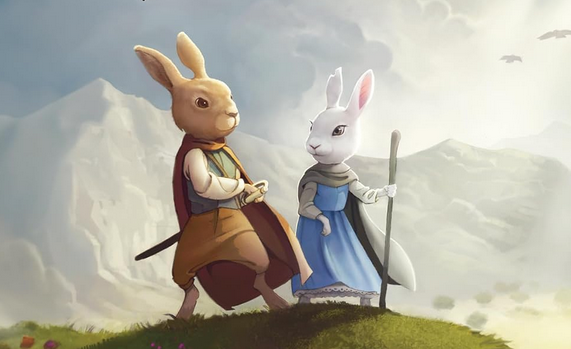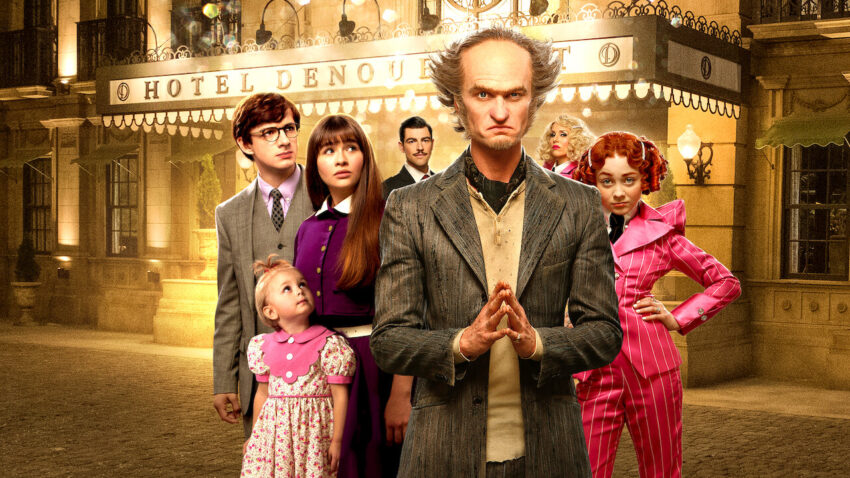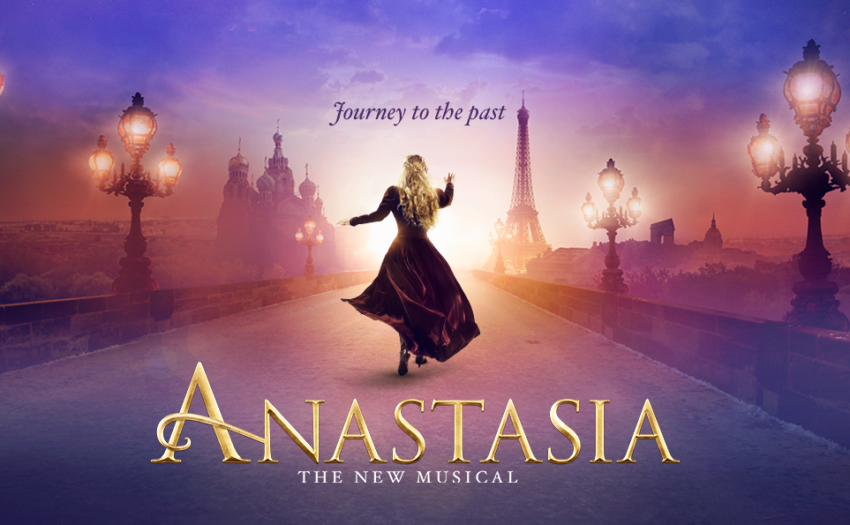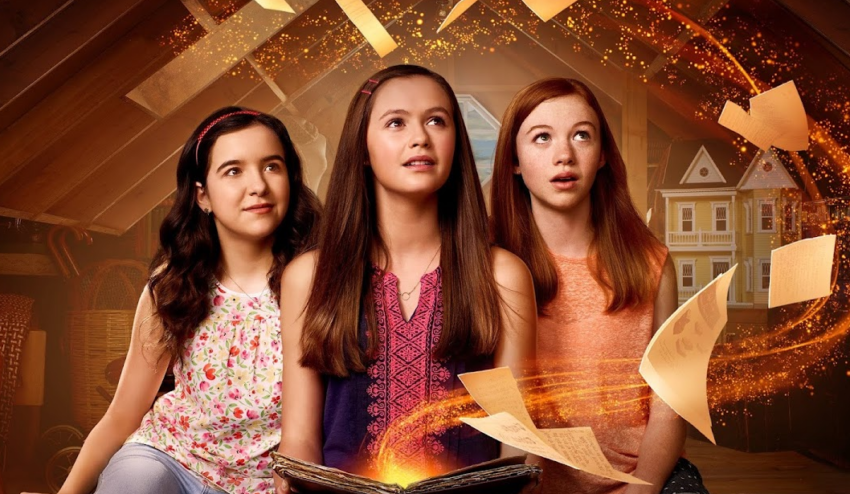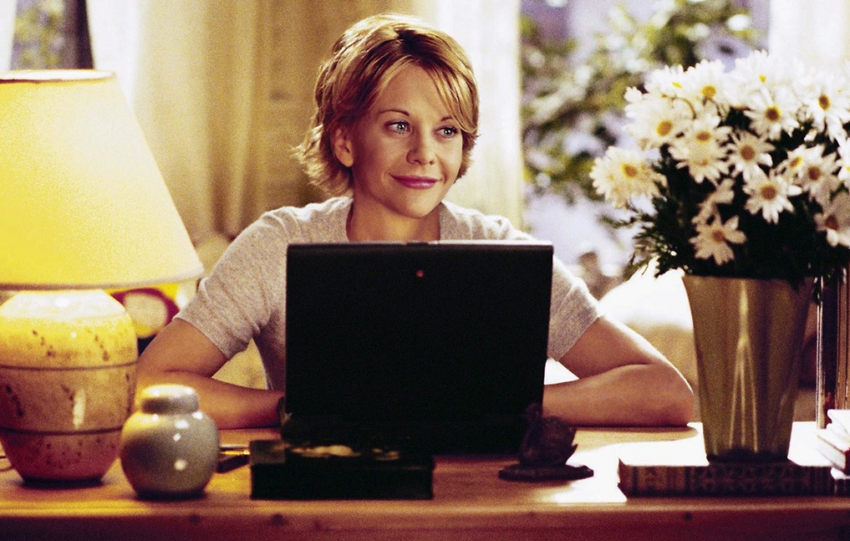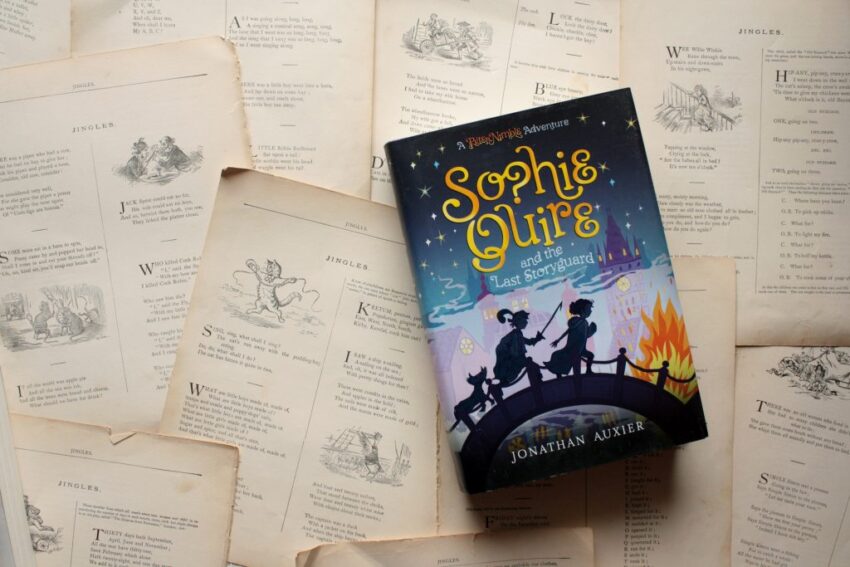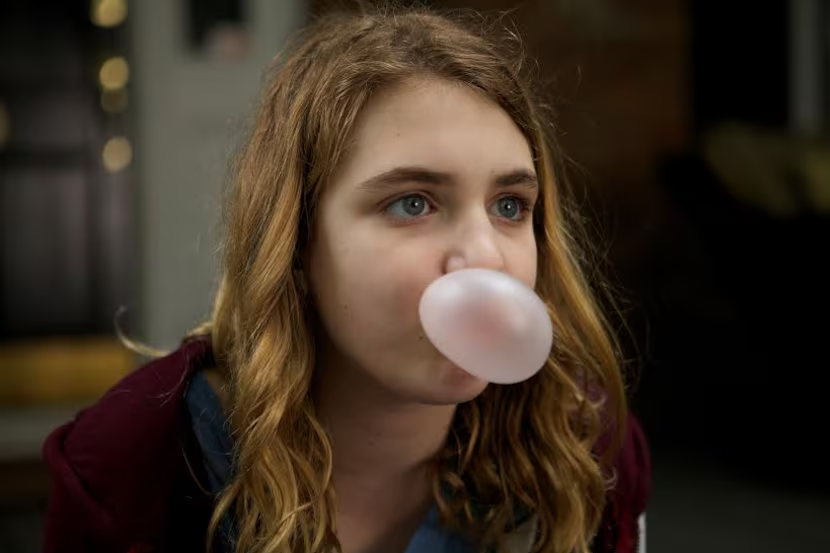It’s no secret that Disney movies haven’t been great in recent years. With only a few exceptions, most of Disney’s live-action remakes and TV reboots have done nothing to inspire their disappointed fan-base. Although you could blame this on their recent lack of animation or music quality, most of their recent movies have flopped due…
Author: Sophia Scudder
The Green Ember: How to Use Similarities to Make Your Relationships Stronger
In today’s stories, authors seem intent on including unique characters. Especially when writing relationships, story-tellers everywhere seem to be afraid of repeating even one simple character trait or core desire. Everyone has to be polar opposites from each other. And, it’s fairly easy to understand where this fear is coming from. As writers, we need…
10 Things I Hate About You: Writing a Believable Character Arc
As a writer, the last thing you want is to have your character arc confuse your readers. Your character’s emotional journey is one of the most important parts of your stories, but writing them smoothly is easier said than done. It can seem easy to write the protagonist’s main flaw in the beginning of your…
We have a special surprise for the second anniversary of the Story Fortress…
The Story Fortress has been around for almost 2 years now, and over that time we’ve posted over a hundred articles, sent out almost two dozen newsletters, and made plenty of new friends along the way. In fact, on March 31st we’ll reach the second year anniversary of the blog launch. To celebrate we’re running…
A Series of Unfortunate Events: When to Write Quirky Characters
Some characters are just plain weird. They’re either constantly making stupid remarks, wearing the craziest clothes, or just being quirky for no apparent reason other than the writer wanted to force a laugh out of their readers. Sometimes these characters, such as Dewey from DuckTales or Luna Lovegood from Harry Potter, can become some of…
Anastasia the Musical: Using A Love Triangle To Elevate Your Story
Like we talked about last week, love triangles can easily ruin a novel. However, despite everything young adult stories such as Twlight or The Inheritance Games might have led you to believe, love triangles don’t always have to be that way. Some love triangles can move a plot forward, give each character a chance to…
Just Add Magic: How to Write Flashbacks
Incorporating your character’s backstory into your novel can be difficult. On the one hand, you want your readers to understand the emotional depth behind your character’s actions, but on the other hand, you don’t want your readers drowning in exposition. Writing backstory requires a delicate balance, one that is often achieved by including flashbacks. They…
You’ve Got Mail: How to Write an Adorkable Character (Who Isn’t Super Annoying)
There is a certain type of of characters out there who really annoy their readers. They try to be adorably awkward and quirky, but only end up coming across the page as cliche or just plain awkward. In other words, the writers try to contrast two personality traits (in this case, being both cute and…
Sophie Quire and the Last Storyguard: The Power of Character Goals
Across many books, movies, and TV shows, writers often seem to include whole casts of characters who have very little reason to participate in the plot. They’re certainly interesting, often with complicated pasts, deep relationships, and meaningful dialogue, but they don’t have a clear reason to participate in the story. They might have a mild…
The Great Gilly Hopkins: When to End Your Story
We all know those sorts of endings. They’re the ones that leave us readers with dozens of open-ended questions. The last sentence that makes us shout ‘What? That’s it?!’ The kind that inspires fan-fiction. The kind that make us try to force another page of writing into existence with nothing but pure willpower. The kind…

